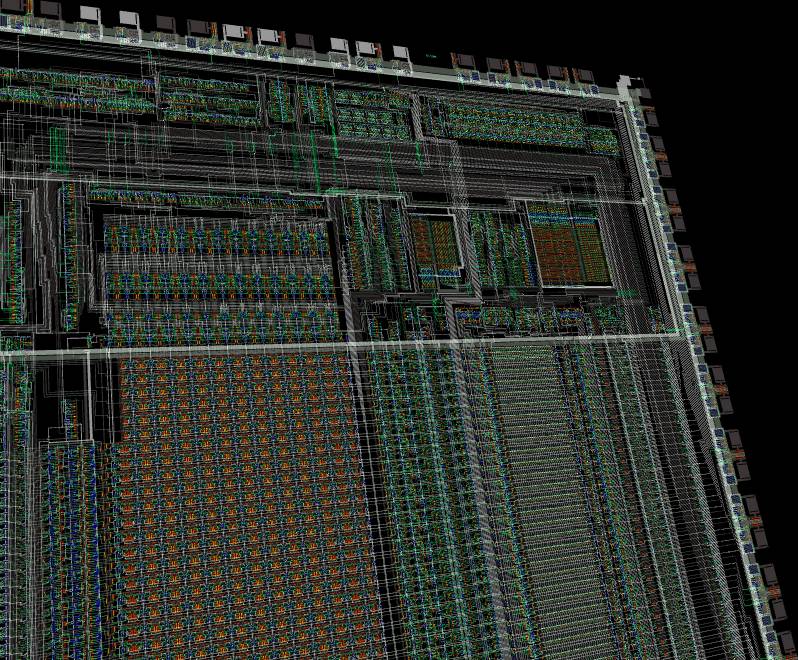olobolger
Tektite
- Pronouns
- He/Him
I think the debate about whether it's a successor or a revision is going to continue even after the console is launched. I think the name and marketing, being continuist, is going to be ambiguous enough that people won't see it as one or the other (or both). From my point of view it's going to be a hybrid  , and it's somehow the market and the circumstances what will determine how it will be defined in the future.
, and it's somehow the market and the circumstances what will determine how it will be defined in the future.
And this is because Nintendo, and many publishers, will continue to release games that are going to work on all models, albeit with improvements on the new SoC, and there will be publishers that will release certain games only for the new version. And I also think Nintendo will keep models with the current chip on the market (not as many, but maybe OLED, Lite and 2022/2023 model).
Maybe as time goes by, if the adoption of the new model is massive (as much as chip manufacturing allows it), the number of games released exclusively will increase, and then we could see it as if it had been a new generation. And then Nintendo could consider repeating the strategy (in 5/6 years time), perhaps by de-phasing the current models by then, or in a progressive way.
And if that doesn't happen and the percentage of users don't get so inclined towards this new version, then the number of exclusive games will be much lower, and we could see it as a Pro version. Whereas Nintendo would then fit their plans to have a new generation, and sold as such, in a shorter time range (3/4 years).
And this is because Nintendo, and many publishers, will continue to release games that are going to work on all models, albeit with improvements on the new SoC, and there will be publishers that will release certain games only for the new version. And I also think Nintendo will keep models with the current chip on the market (not as many, but maybe OLED, Lite and 2022/2023 model).
Maybe as time goes by, if the adoption of the new model is massive (as much as chip manufacturing allows it), the number of games released exclusively will increase, and then we could see it as if it had been a new generation. And then Nintendo could consider repeating the strategy (in 5/6 years time), perhaps by de-phasing the current models by then, or in a progressive way.
And if that doesn't happen and the percentage of users don't get so inclined towards this new version, then the number of exclusive games will be much lower, and we could see it as a Pro version. Whereas Nintendo would then fit their plans to have a new generation, and sold as such, in a shorter time range (3/4 years).


